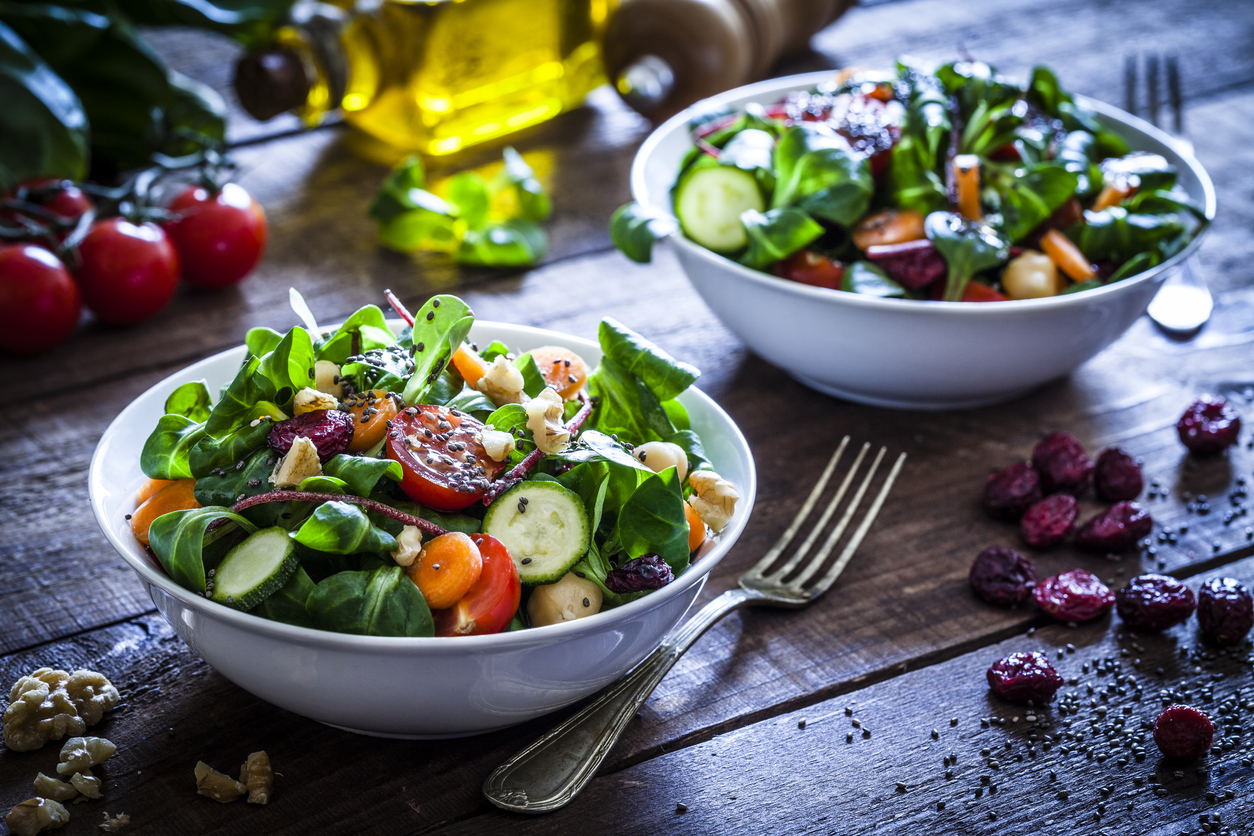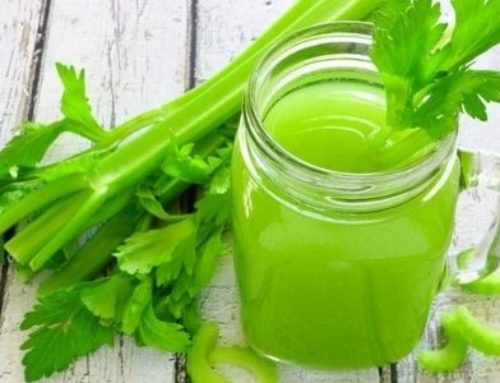
The warmer months of the year always involve one of my favourite meals – Salad.
Salads are a great way to ensure you’re eating plenty of fresh whole foods: vegetables, fruits, nuts, legumes and seeds as well as healthy fats, protein and carbohydrate. When you start to be creative and begin trying new combinations, the skies the limit with the types of salads that you can create.
My biggest top tip with staying organised with your food is meal planning. When you plan ahead you can have a delicious, healthy, tasty meal in a flash!
Contrary to the statement “you can’t make friends with salad”, here are my 8 tips on how to make a healthy summer salad that’s packed full of nutrition, never gets boring and is tasty enough to be a meal all on it’s own.
1. Use fresh ingredients
Wilted baby spinach, floury tomatoes, slimy cucumber or brown iceberg lettuce just doesn’t cut it. Always use fresh, quality produce and plan to make your salad within the first 2-3 days of buying your ingredients as this is when your ingredients will be at their best.
2. Pick your leafy base
Salad generally contains some kind of green leafy vegetable. Don’t be boring and just buy iceberg all the time. Try mesculin, rocket, baby spinach, oak leaf and coral type lettuces as well. In fact the darker and more purple the leaves the higher the nutritional content. The darker lettuces and leaves also have much better flavour and are a little more gourmet!
3. Go for lots of colour
Try yellow capsicum, orange carrots, red cherry tomatoes, purple spanish (red) onion, green cucumber… you get the idea. The bigger the range of colour the better it will taste and the more nutrition it will have.
4. Add some healthy fats
Add some avocado, raw or dry-toasted nuts such as pine nuts, cashews, peanuts or walnuts, sprinkle with flaxseed or chia seeds or drizzle with some extra virgin olive oil.
5. Add flavour
Using very strong flavoured ingredients are a good way to add flavour but minimise the kilojoule content of the meal because you only need to use a small amount. Crumble over feta, toss through pitted olives, sprinkle with parmesan, drizzle with lemon juice, lime juice or sweet chilli sauce, add sliced roasted capsicum, baked sweet potato or sun dried tomatoes.
6. Add some fibre
Fruit and vegetables are great sources of fibre but if you want to ‘beef’ your salad up a bit try adding some chick peas, lentils, buckwheat, quinoa or other kind of bean such as butter, kidney or black.
7. Add fruit
You may not be a fruit in salad kind of person. This always used to seem weird to me until I tried a walnut and red grape salad, a roasted duck and pear salad, and other fruit such as sliced apple or orange. Just go with what you like and experiment with different flavours. It’s good, I promise!
8. Add fresh Herbs
Herbs are packed full of flavour, antioxidants and contain very little kilojoules. I love a good salad full of freshly chopped or shredded herbs. Basil, parsley, coriander and chives are a few of my favourites. Finely chopped fresh herbs are even a great addition to home made salad dressings.
We also have HEAPS of recipes you can try!





